Four Seasons Charles H. (포시즌스호텔서울 찰스.H)
8.9Km 2024-03-15
97 Saemunan-ro, Jongno-gu, Seoul
This bar is named after the legendary American writer Charles H. Baker. It is inspired by speakeasy bars, which were bars hidden from sight during the Prohibition period, so its door blends into the surrounding walls. So, when one steps into the space, it is like stepping into a secret hangout. A cover charge of 10,000 won gives patrons a welcome drink, finger foods, and snacks. The menu is inspired by cocktails that Charles H. Baker had across the world, such as New York City, Mexico, Shanghai, Cuba, and Tahiti. It won 7th place in Asia’s 50 Best Bars list and 42nd place in the World’s 50 Best Bars list. The ambience is relaxed, and attentive services ensure that you can have a comfortable time here.
Seongbukro (성북로)
8.9Km 2024-02-15
1-2F, 10 Seongbuk-ro 28-gil, Seongbuk-gu, Seoul
Seongbukro is a café located 15 minutes away from the UNESCO World Heritage site Changdeokgung Palace. With an elegant atmosphere, the café is structured with three floors and a rooftop. The signature menu is the mandarin latte, featuring a refreshing taste with plenty of tangerines in milk. Additionally, the café is known for making desserts on-site, following the principle of selling them on the same day they are produced. Signature desserts include croissants with milk cream and mont blanc.
The Story of King Sejong (세종이야기)
8.9Km 2022-09-13
jiha 175, Sejong-daero, Jongno-gu, Seoul
+82-2-399-1000
The Story of King Sejong comprises six different sections with a total area of 3,200 square meters. The museum consists of exhibition zones, an event space, video room, shop and more to display King Sejong’s scientific, artistic, military, and political contributions, including the theory of Minbon, which recognized the people as the base of politics. King Sejong, the 4th king of the Joseon dynasty (1397-1450, reigning from 1418-1450) was responsible for some of the most brilliant achievements in the history of Korea, including the creation of Hangeul (Korean alphabet) and great advancements in the areas of science, culture, art and politics.
ABC-Mart - NC Gangseo Store Branch [Tax Refund Shop] (ABC마트 NC 강서점)
8.9Km 2024-04-18
17, Gangseo-ro 56-gil, Gangseo-gu, Seoul
-
ER NC Department Store - Gangseo Branch [Tax Refund Shop] (ER NC백화점 강서)
8.9Km 2024-04-23
17, Gangseo-ro 56-gil, Gangseo-gu, Seoul
-
Jeoldusan Martyrs' Shrine (절두산순교성지)
8.9Km 2024-03-12
6 Tojeong-ro, Mapo-gu, Seoul
+82-2-3142-4434
Jeoldusan Martyrs' Shrine is the site where many Catholic believers were executed in 1866 due to persecution. In commemoration of the 100th anniversary of the martyrdom, the Korean Catholic Church opened the Memorial Hall in October 1967, exhibiting materials, relics, and souvenirs related to the Korean Catholic Church and operating a museum. Pope Johannes Paulus II visited the site in 1984, and Mother Teresa visited in 1985.
Snow Peak - Mok-dong Branch [Tax Refund Shop] (스노우피크 목동)
8.9Km 2024-04-17
602, Gonghang-daero, Yangcheon-gu, Seoul
-
Korean Martyrs' Museum (한국천주교순교자박물관)
8.9Km 2023-01-03
6, Tojeong-ro, Mapo-gu, Seoul
+82-2-3142-4434
Korean Martyrs’ Museum was opened in October of 1967 as Jeoldusan Martyrs' Shrine, in memory of the Catholic martyrs who lost their lives during the Byeongin Persecution of 1866. The name of the museum changed to the current Korean Martyrs' Museum in August 2008. The museum displays artifacts and materials in exhibitions related to the Catholic Bishops' Conference of Korea.
Olive Young - Goyangdong Branch [Tax Refund Shop] (올리브영 고양동)
8.9Km 2024-04-22
34, Hyeeum-ro, Deogyang-gu, Goyang-si, Gyeonggi-do
-
Daraenamu Tree in Changdeokgung Palace (창덕궁 다래나무)
8.9Km 2025-01-13
99, Yulgok-ro, Jongno-gu, Seoul
+82-2-3668-2300
Daraenamu Tree in Changdeokgung Palace is estimated to be 600 years old, meaning it had likely been planted before the palace was built. The tree stands 19m in x_height, and has six separate trunks sprawling in all directions. It is the biggest and the oldest in Korea. It is designated and protected as a National Natural Monument.
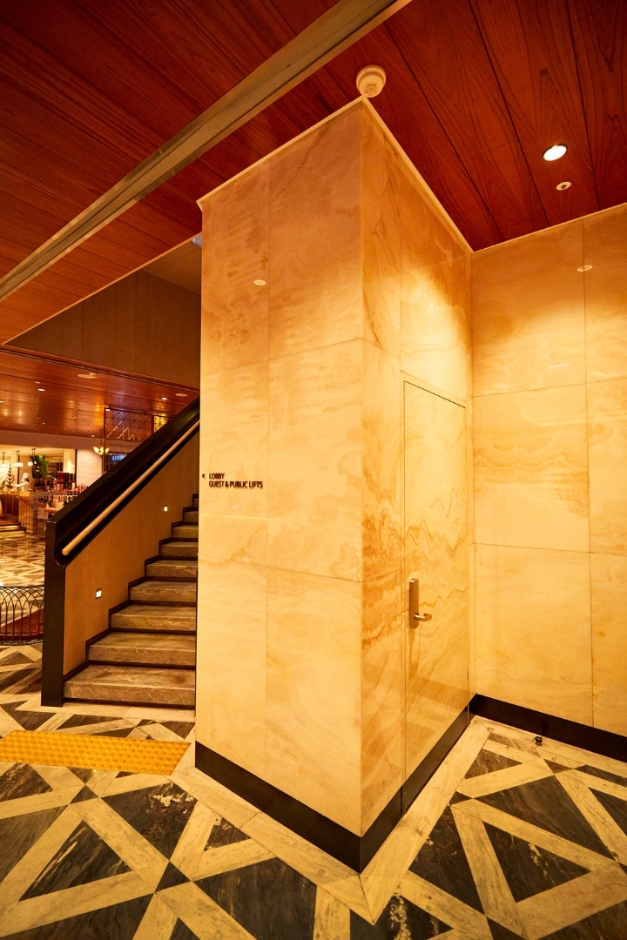
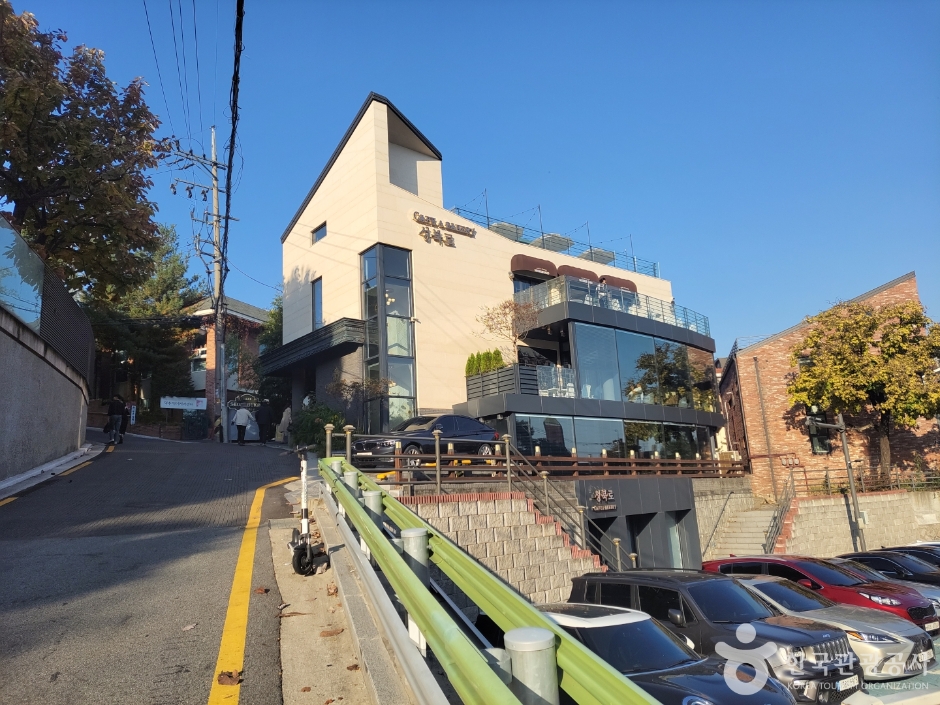
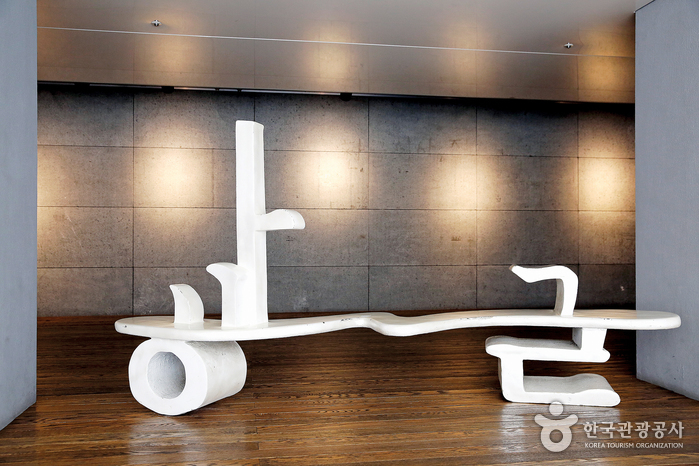
![ABC-Mart - NC Gangseo Store Branch [Tax Refund Shop] (ABC마트 NC 강서점)](http://tong.visitkorea.or.kr/cms/resource/26/2890326_image2_1.jpg)
![ER NC Department Store - Gangseo Branch [Tax Refund Shop] (ER NC백화점 강서)](http://tong.visitkorea.or.kr/cms/resource/22/2889622_image2_1.jpg)
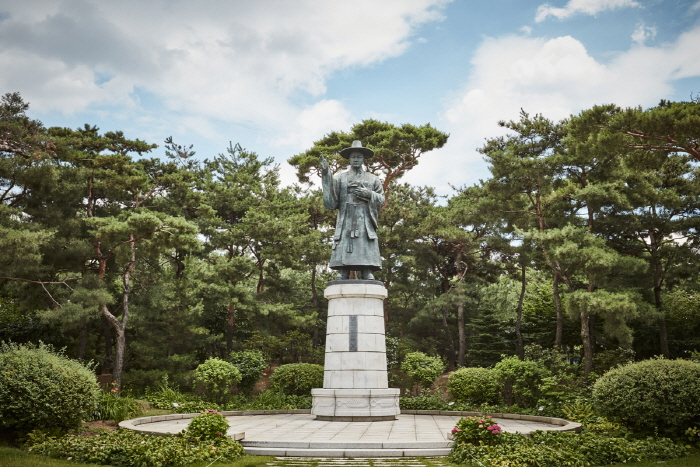
![Snow Peak - Mok-dong Branch [Tax Refund Shop] (스노우피크 목동)](http://tong.visitkorea.or.kr/cms/resource/22/2880122_image2_1.jpg)
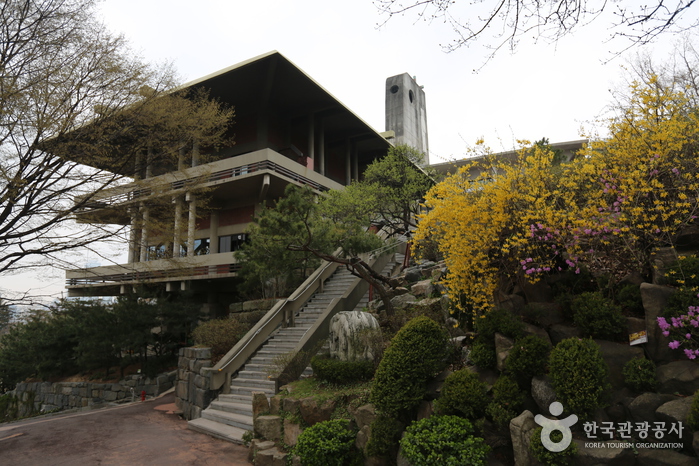
![Olive Young - Goyangdong Branch [Tax Refund Shop] (올리브영 고양동)](http://tong.visitkorea.or.kr/cms/resource/76/2889676_image2_1.jpg)
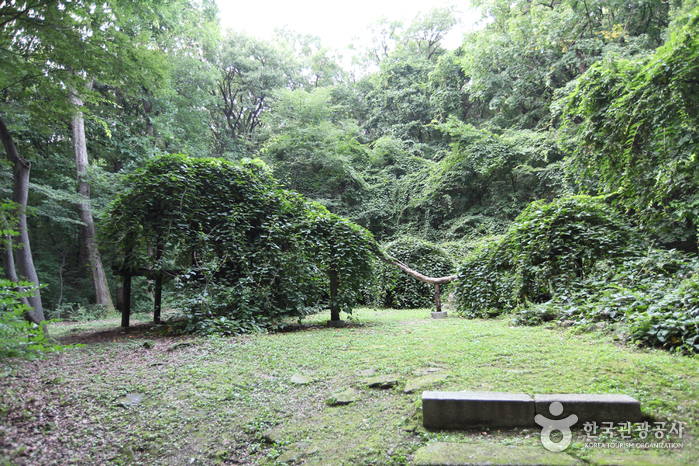
 English
English
 한국어
한국어 日本語
日本語 中文(简体)
中文(简体) Deutsch
Deutsch Français
Français Español
Español Русский
Русский